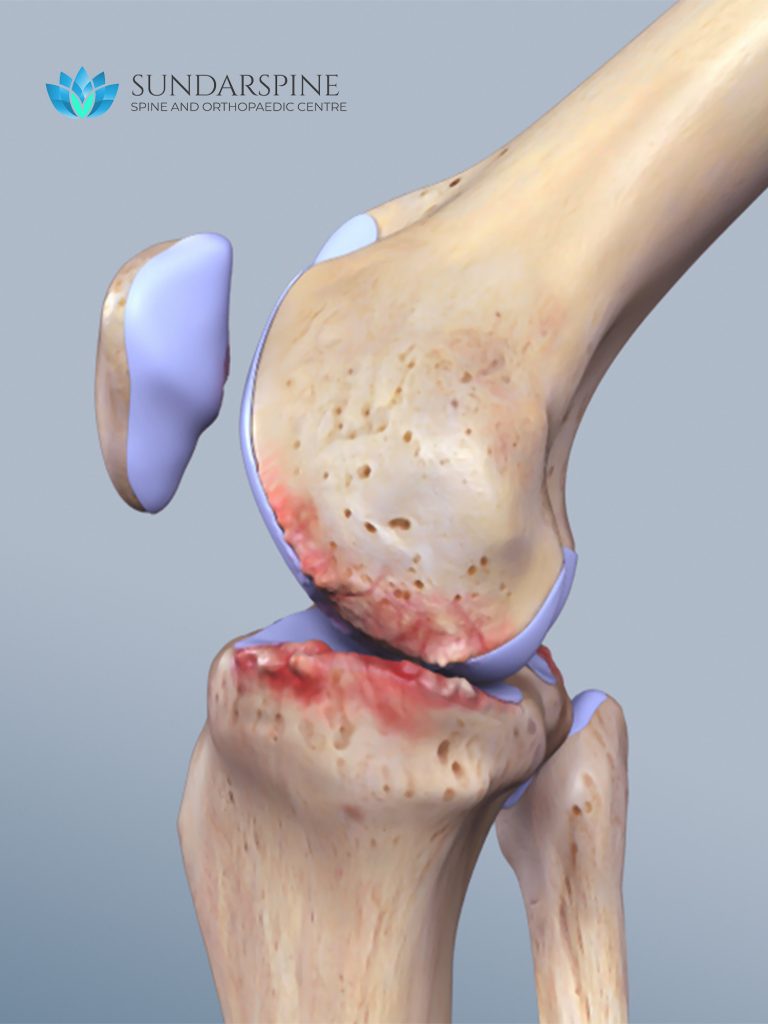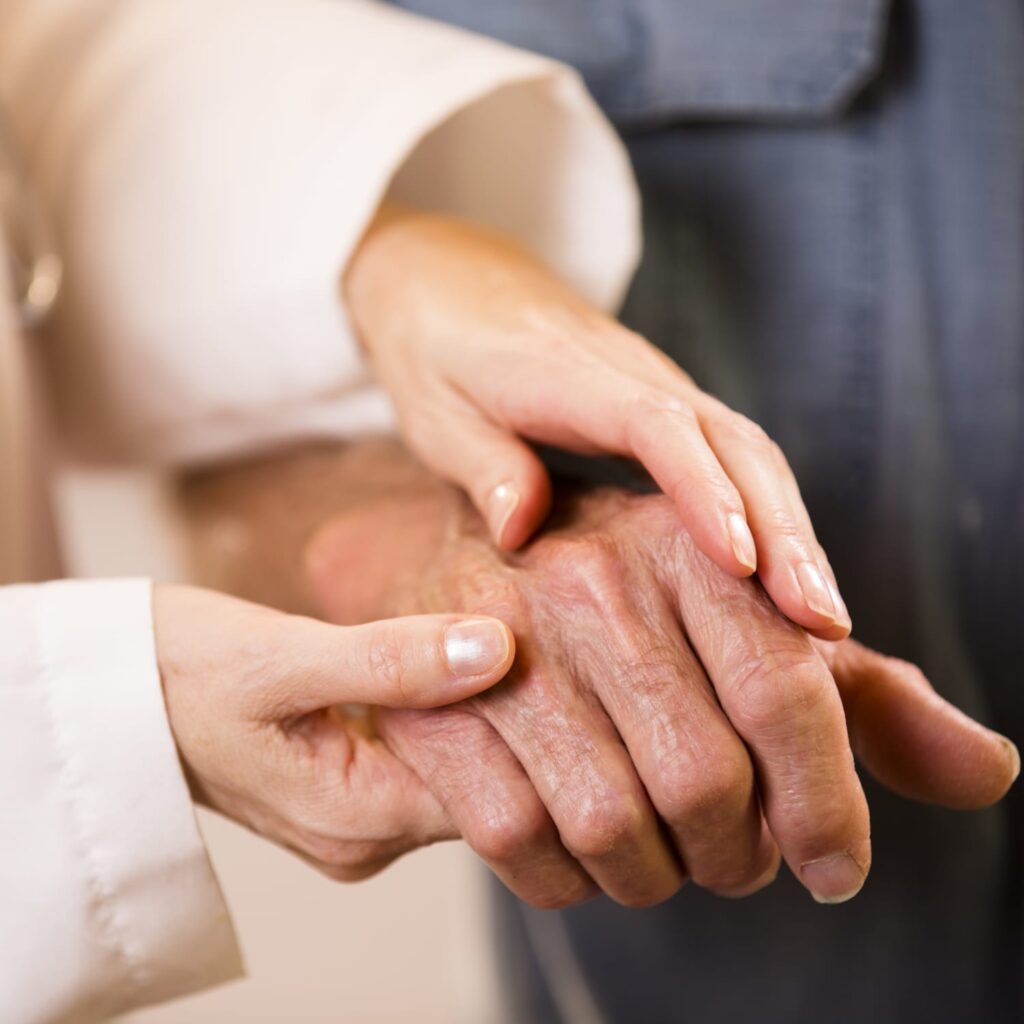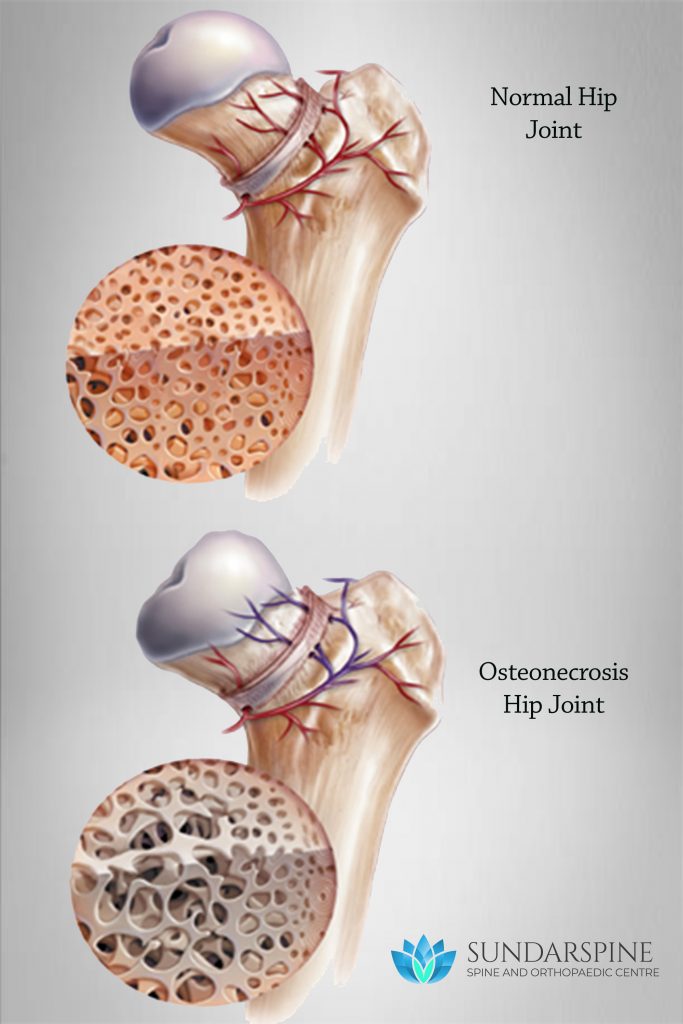- drsundar@sundarspine.com
- Youtube
For Appointments, Call
+(91) 9080 9680 66
+(91) 9080 9680 66

Osteoarthritis is the most common form of arthritis, affecting millions of people worldwide. It occurs when the protective cartilage that cushions the ends of the bones wears down over time. Although osteoarthritis can damage any joint, the disorder most commonly affects joints in your hands, knees, hips and spine.
Osteoarthritis symptoms can usually be managed, although the damage to joints can’t be reversed. Staying active, maintaining a healthy weight and receiving certain treatments might slow progression of the disease and help improve pain and joint function.
Symptoms:
Risk factor: Older age, Obesity, Joint injuries, Repeated stress on the joint, Genetics
Causes: Osteoarthritis occurs when the cartilage that cushions the ends of bones in your joints gradually deteriorates. Cartilage is a firm, slippery tissue that enables nearly frictionless joint motion. Eventually, if the cartilage wears down completely, bone will rub on bone.
When to see a Doctor: Joint pain more than 2 weeks, affecting day-to-day activity
Treatment: Mainly by exercise and painkillers. Avoiding squating, sitting cross legged and climbing stairs. Severe, long term conditions may benefit from surgery.

Rheumatoid arthritis is a chronic inflammatory disorder that can affect more than just your joints. In some people, the condition can damage a wide variety of body systems, including the skin, eyes, lungs, heart and blood vessels.An autoimmune disorder, rheumatoid arthritis occurs when your immune system mistakenly attacks your own body’s tissues.
Unlike the wear-and-tear damage of osteoarthritis, rheumatoid arthritis affects the lining of your joints, causing a painful swelling that can eventually result in bone erosion and joint deformity.
Symptoms:
Risk Factors:
Experts at top hospitals believe that – Middle age, women, family history, genetics, smoking etc. are the risk factors
Causes: Rheumatoid arthritis is an autoimmune disease. Normally, your immune system helps protect your body from infection and disease. In rheumatoid arthritis, your immune system attacks healthy tissue in your joints. It can also cause medical problems with your heart, lungs, nerves, eyes and skin.
Treatment: Medical management is the mainstray of treatment. Its a life-long disease, hence strict adherence to the treatment is required to avoid sudden flare-up of the disease. Late diagnosis or unadvised stopping of medications may result in joint deformity which may require surgery.

“King of diseases and the disease of the Kings”
Gout is a common and complex form of arthritis that can affect anyone. It’s characterized by sudden, severe attacks of pain, swelling, redness and tenderness in one or more joints, most often in the big toe.
An attack of gout can occur suddenly, often waking you up in the middle of the night with the sensation that your big toe is on fire. The affected joint is hot, swollen and so tender that even the weight of the bedsheet on it may seem intolerable.
Gout symptoms may come and go, but there are ways to manage symptoms and prevent flares.
Symptoms:
Risk factor: Middle age men, red meat diet, alcohol, obesity, certain medications, family history, recent trauma or surgery, anti cancer drugs
Causes:Gout occurs when urate crystals accumulate in your joint, causing the inflammation and intense pain of a gout attack. Urate crystals can form when you have high levels of uric acid in your blood. Your body produces uric acid when it breaks down purines — substances that are found naturally in your body.
When to see a Doctor: Severe pain, disturbing sleep, difficulty standing and walking. swelling or redness in the joint
Treatment: Mainly medications, change in dietary habit (avoid red meat), avoidance of alcohol

Osteonecrosis (also known as avascular necrosis) is a disease that results from loss of blood supply to the bone. Since bone is a living tissue which requires blood, this can lead to small breaks in the bone and eventual collapse.
Because this is most often seen at the ends of bones, your joints may be greatly affected, especially the hip joint. Medical experience has shown that wherever osteonecrosis causes the bone to degrade in a joint, arthritis develops.
Symptoms:
Pain can be mild or severe and usually develops gradually. Pain associated with avascular necrosis of the hip might center on the groin, thigh or buttock. Besides the hip, the areas likely to be affected are the shoulder, knee, hand and foot.
Some people develop avascular necrosis on both sides (bilaterally) — such as in both hips or in both knees.
Risk Factors: Middle age, smoking, chronic steroid use, injury – hip fracture, joint dislocation, sickle cell anemia
Causes: Osteonecrosis occurs when blood flow to a bone is interrupted or reduced. The unsupplied part begins to decay and cause pain. This most commonly occurs near the joint, causing collapse of the articular structure ultimately resulting in more pain and arthritis.
Treatment: Stage-I can be managed by medication and rest. Stage-II might require surgical decompression and/or bone grafting. Stage-III and IV might require extended surgical procedure depending on the joint, age of the patient and severity of symptoms.
